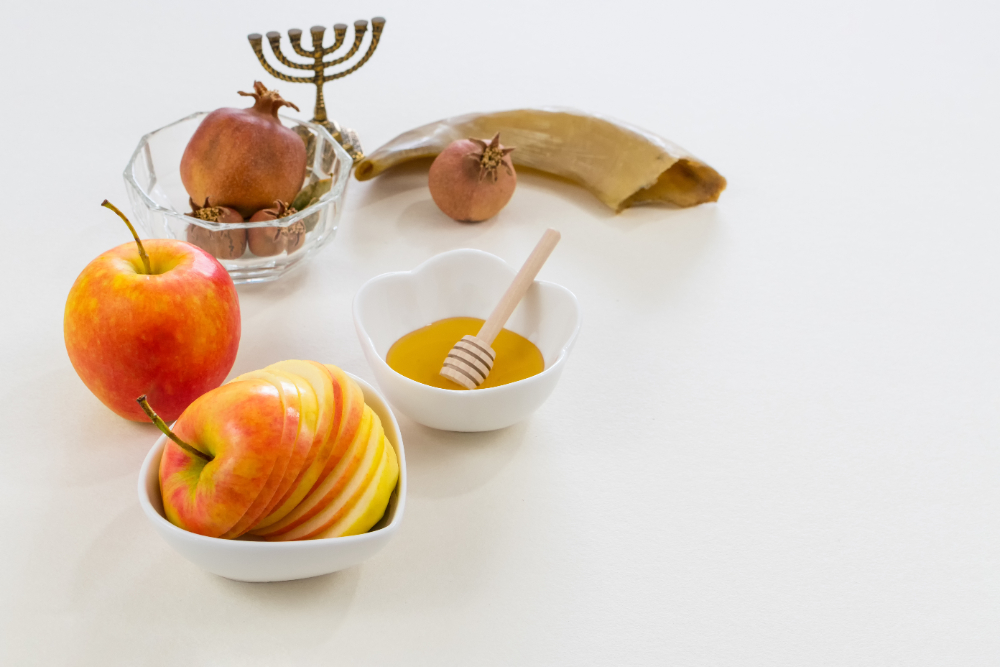Passover is a festival that symbolizes freedom and remembrance in a meaningful way. For the community, it celebrates with various traditions and rituals passed down through generations over time. One such tradition involves hiding the Afikoman, which has evolved into a beloved custom bringing loved ones together during the Seder meal with joy and thrill as they search for this piece of matzah essential in carrying out the ritual. Exploring its history and meaning gives us a deeper understanding of why this enduring practice continues.
The Historical Roots
The beginnings of the Afikoman traditions provide insight into customs from days gone by. During the Seder feast, a dessert named “afikoman” was customarily served after a meal. As time passed, religious teachings redirected attention towards matzo, deeming it the dessert of the feast. This adjustment sought to guarantee that the taste of matzo remained in the mouths of those partaking in the event, highlighting the festival’s message. It’s one of those Passover family traditions that just sticks through time.
Symbolism and Meaning
The act of hiding the Afikoman holds importance as it represents the matzah eaten by the Israelites on their flight from Egypt. A tangible reminder of their suffering and hardships endured during that time of escape and liberation struggle. Concealing this symbolic bread mirrors the complexities of attaining freedom and navigating through life’s obstacles and adversities. The quest to find this hidden fragment embodies a search for enlightenment and emancipation. Urging those involved to ponder upon their paths and growth journeys.
Engaging the Young Ones
Children are especially drawn to this custom, which brings a touch of fun to the Seder rituals. The excitement of uncovering the Afikoman keeps them engaged and intrigued in the celebrations. It’s common for the child who uncovers the secret matzah to get a reward that brings a feeling of success and happiness. This tradition helps kids stay focused and active through the night.
Family Bonding Experience
When we hide the Afikoman during the Passover Seder, it brings our family together and creates a bond of unity. Looking for the matzah together encourages us to work as a team and share stories of Seders. Every family has its methods for hiding and finding the Afikoman that contributes to our collection of memories and shared experiences.
Regional Variations
Various communities have created their versions of the Afikoman custom over time. In homes, it is hidden in a spot, while in other settings, it may involve intricate scavenger hunts. These different approaches showcase the influences within the Jewish community and emphasize the tradition’s flexibility and ingenuity. Such diverse practices contribute to the complexity and beauty of this ritual.
Adapting to Modern Times
In today’s world, the Afikoman tradition has changed to better suit modern ways of living. In recent times, one can use apps or digital hints to find the hidden matzah. Others may include fun interactive games that mix age-old customs with present-day enjoyment by adjusting to what’s popular now. This way, the tradition stays fresh and interesting for younger folks, guaranteeing its survival and attractiveness for future generations.
The Role of Storytelling
In the Afikoman tradition, the story is essential for keeping alive the past and connecting it to the search for the matzah piece. During Passover celebrations, sharing tales of previous hunts helps pass down values and lessons through generations in a way that keeps our cultural heritage alive and evolving with each retelling.
Reflections on Freedom
The Afikoman is a symbol that highlights the messages of Passover festivities. Its uncovering marks the conclusion of the Seder feast and represents the transition from enslavement to liberation for the Israelites at large. During this moment of introspection, the participants are urged to contemplate liberation’s essence within and between realms, which in turn deepens their grasp of the festival’s importance.
Conclusion
The custom of concealing the Afikoman goes beyond just following a tradition. It captures the essence of Passover beautifully by combining meaningful symbols with engagement and honoring age practices that provide an experience for all involved. Embracing influences while staying true to its origins ensures that this cherished tradition still serves as a force that brings families closer together and leaves them with cherished moments. As family members spanning generations gather around the Seder table, the significance of the Afikoman endures as a timeless tribute to freedom and harmony.

